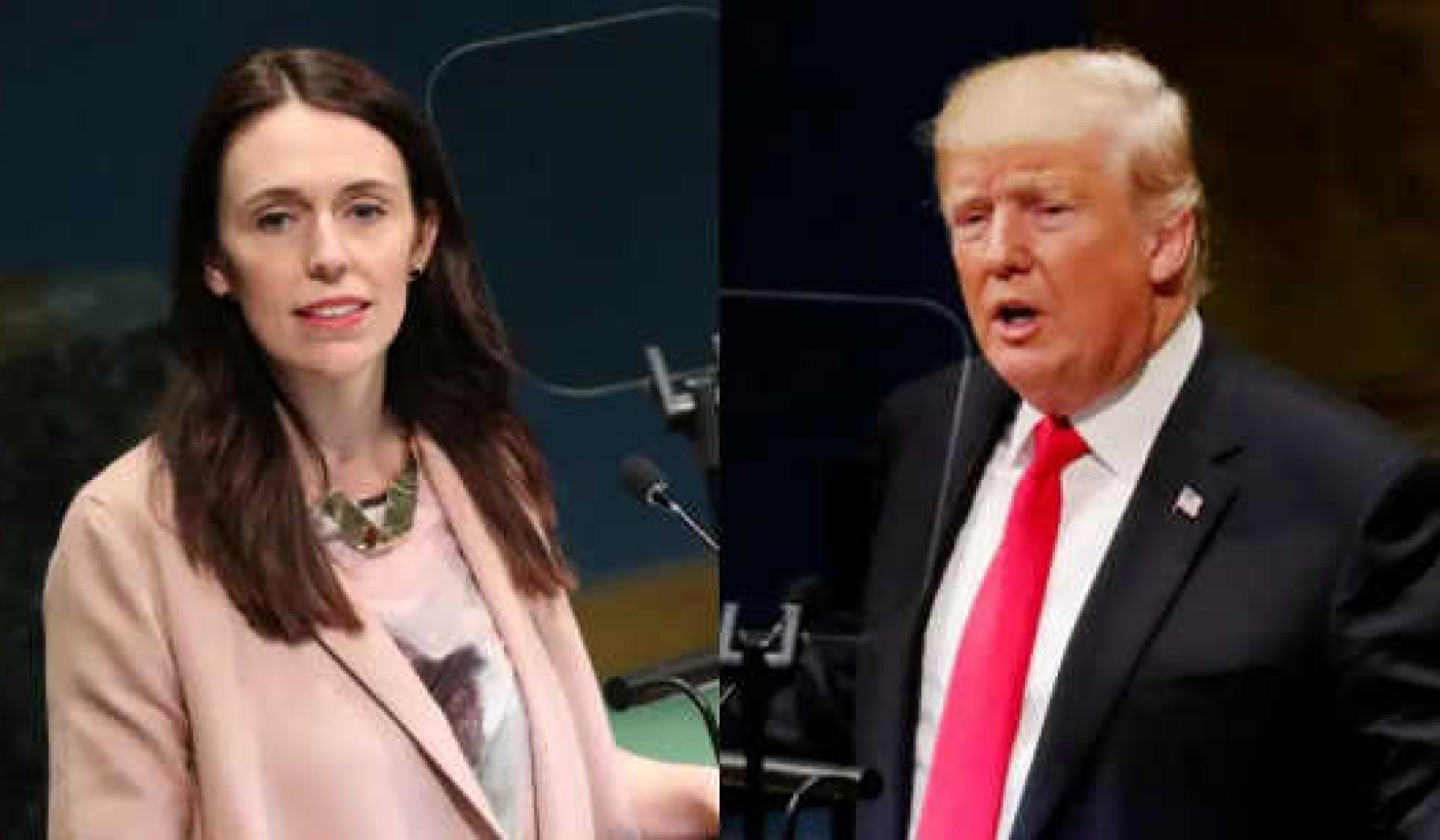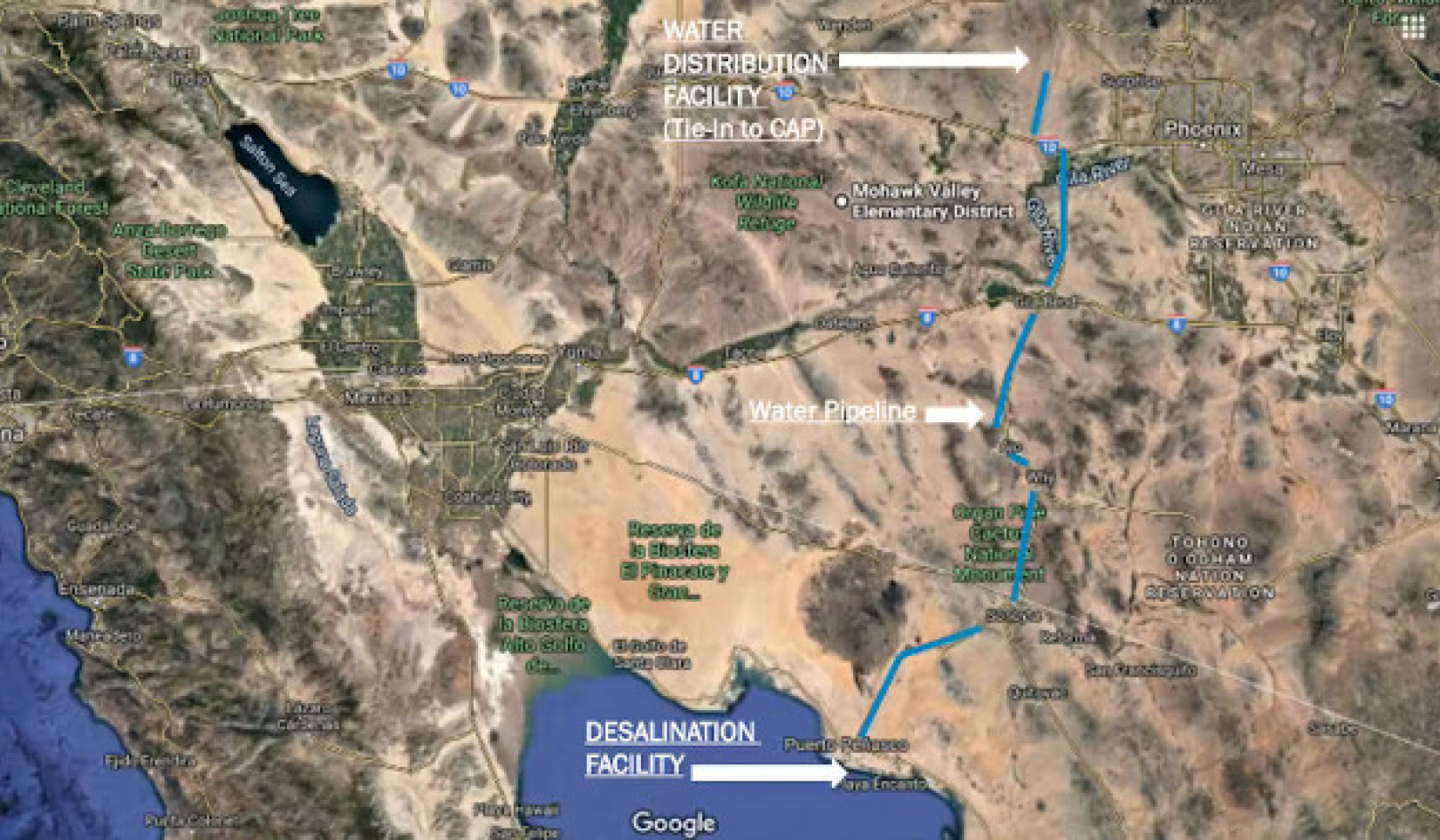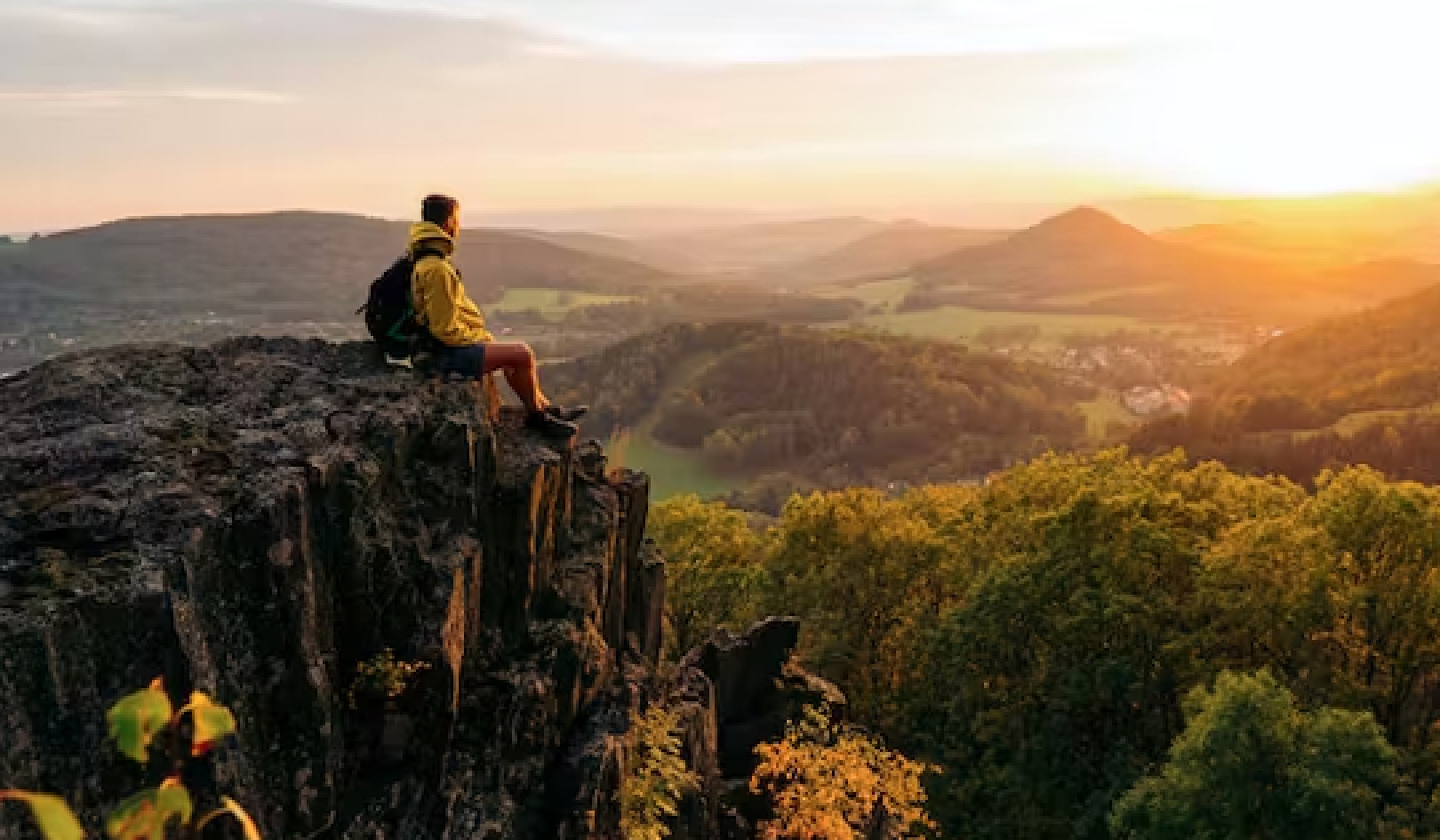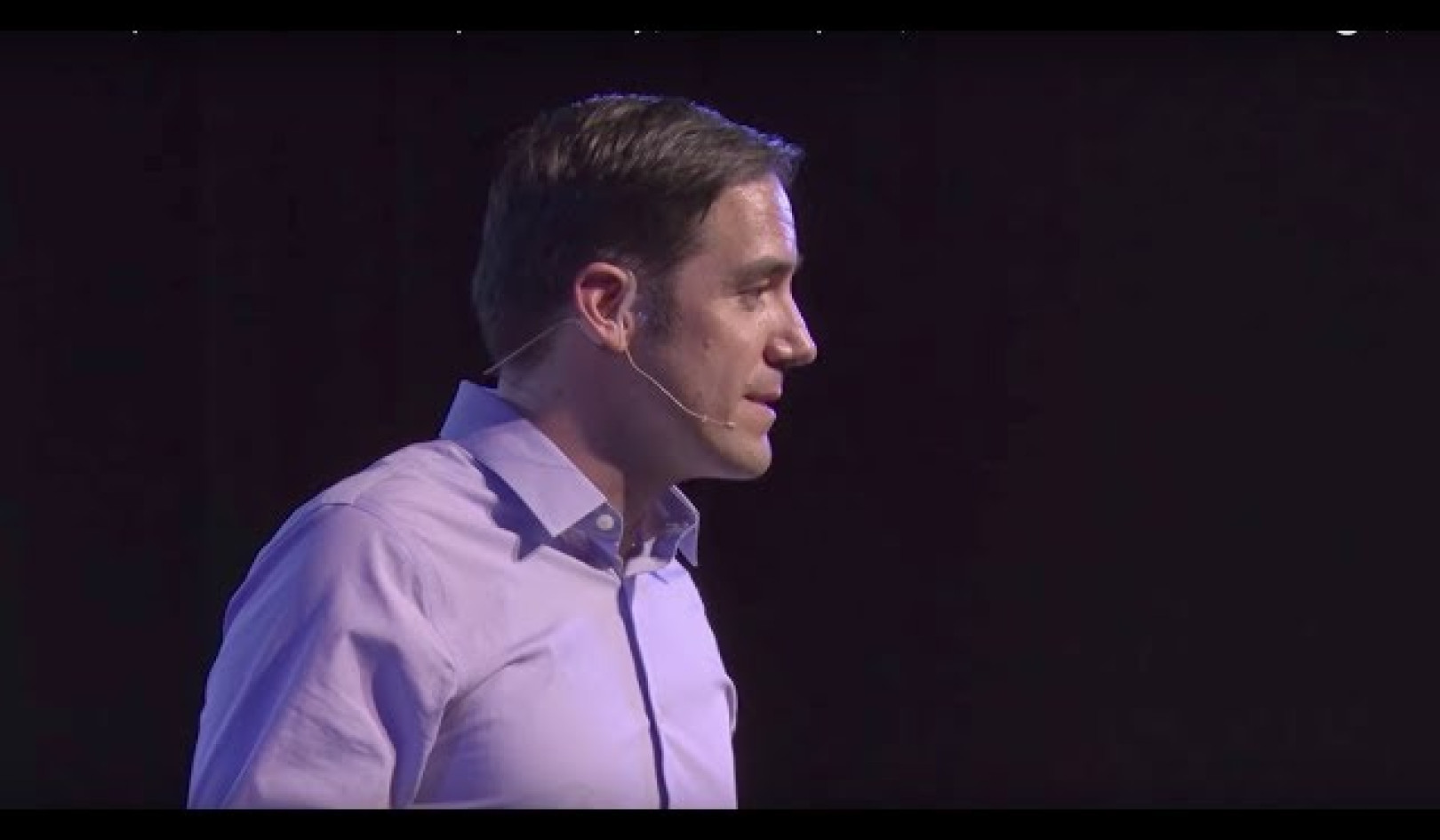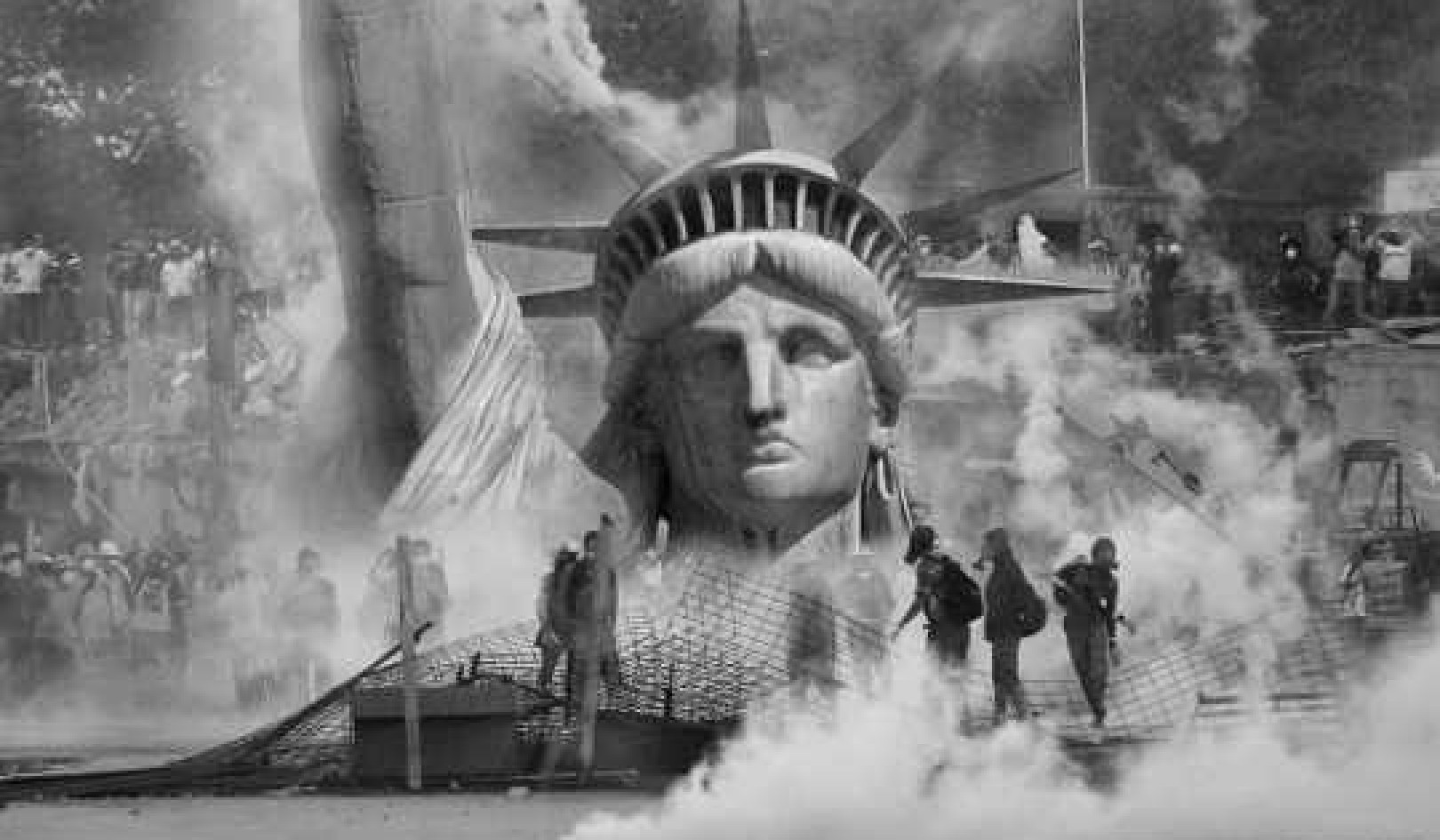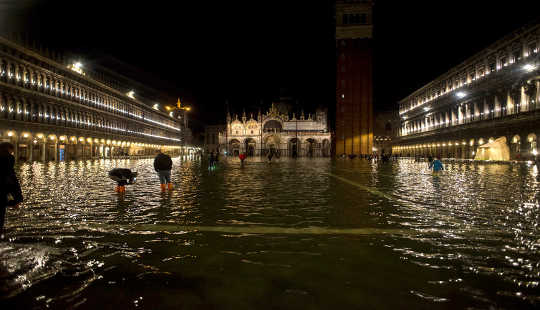 One of the words explored was visiting a place, like Venice, before it’s permanently altered by the effects of climate change. Copyright Mike DeSocio
One of the words explored was visiting a place, like Venice, before it’s permanently altered by the effects of climate change. Copyright Mike DeSocio
The common wisdom about climate change is that it’s too big and too abstract for humans to comprehend, that it’s too hard to talk about. But it turns out many people are having tangible experiences of our changing environment. And they are eager to share, if they can find the right words.
At least that’s what Alicia Escott and Heidi Quante are finding with their public participatory artwork, the Bureau of Linguistical Reality. During salons they call field studies, Escott and Quante invite participants to develop new language for social and environmental change.
The bureau is one of a growing number of artistic efforts motivated by climate change. It was created in response to the duo’s sense that we need words that can help us to contend with rapidly changing times.
Escott and Quante are not alone. British naturalist Robert Macfarlane recently struck a chord with his book “Landmarks” and related article that focuses on old words that are disappearing as the landscapes and communities that inspired them continue to shrink. In addition, writer and naturalist David Lukas has developed a handbook for creating words related to a changing natural world.
In interacting with the Bureau of Linguistical Reality and its work, I found that one of its most appealing aspects is its accessible, communal focus on feelings and experiences of the participants.
Name that feeling
As a scientist working on California’s ongoing drought, I often run up against limitations in describing and attending to some of the new experiences that are emerging. One of those experiences for someone like me might be:
It’s an unusual stretch of warm, sunny winter days in January or February. But, rather than being able to enjoy the beautiful weather, a certain uneasiness arises with the feeling that it should be raining. It is, after all, the rainy season.
How to describe that feeling of looming dread after years of drought? Some have tried, but nobody really knows how. The drought and the heat have begun to test one of our core needs as humans: the ability to share our experiences. It wasn’t until gathering with others as part of the bureau’s second field study that it became clear how ubiquitous these kinds of feelings were becoming.
Admittedly, I showed up somewhat skeptically. But the bureau had brought together an impressive bunch that included linguists, journalists, artists and researchers to talk water and drought. After an awkward first half-hour hovering over a fruit plate, the evening got started with each person sharing a feeling or experience they wish there was a word for, maybe even putting forward a word they developed.
Quickly, one participant introduced the word “gwilt” – a kind of double-bind caused by feeling guilty about watering house plants during the drought. That got the ball rolling.
After a wide-ranging discussion, the group homed in on a few experiences and words. The best words to describe mixed feelings about our hot and rainless winters? Escott and Quante had already coined the phrase “psychic corpus dissonance,” a clunky but strangely appealing mouthful that gave us a great jumping-off point. Our group leaned toward “hangsty” or “happrehensive” – happy but filled with angst or apprehension.
In this process, new words are often cobbled together with old words, or words from other languages. Neologisms we tripped on along the way: “schadenFebruary” and “wetter-angst,” both English and German mash-ups.
From a psychological perspective, naming an experience and its attendant emotions can be a valuable way of contending with it. In this case, the process of describing and giving words to felt experiences turned out to be fun and dizzyingly energizing, as well as deeply connective and inspiring. Realizing there was a collective response to what might have been perceived as individual events was validating and uniting.
Making sense of a changing world
There is a reason that many are looking to the arts and humanities to help make sense of environmental change. In this case, it’s devising words to match our new experiences, but it could be a public art collaboration to convert a parking space into a park in San Francisco or a visit to Natalie Jeremijenko’s Environmental Health Clinic in New York to talk about personal environmental concerns like air and water quality. One of the many beauties of this type of participatory art in particular is its inclusive nature that allows anybody to contribute by emphasizing the experiential.
Escott and Quante are working to make their project widely accessible and are taking their show on the road, which included a pop-up event at the Paris climate talks last year. They are also providing other people with the tools to hold their own field studies. It is important to note that because words can be generated by groups and from multiple languages, attribution and the potential for appropriation need to be considered. The Bureau of Linguistical Reality is endeavoring to figure out how best to appropriately credit words and provide context for their use.
After participating in a couple of bureau events now, I have to admit to being less interested in the actual words and more in the process of observing and naming what we are seeing. Giving people space to describe and express deep feelings about things as challenging as climate change is vital. This collaborative process offers a way to make collective meaning out of not just scientific facts about our changing environment, but also our own experiences.
About The Author
Faith Kearns, Water Analyst, California Institute for Water Resources, University of California, Division of Agriculture and Natural Resources
This article was originally published on The Conversation. Read the original article.
Related Books
at InnerSelf Market and Amazon




















